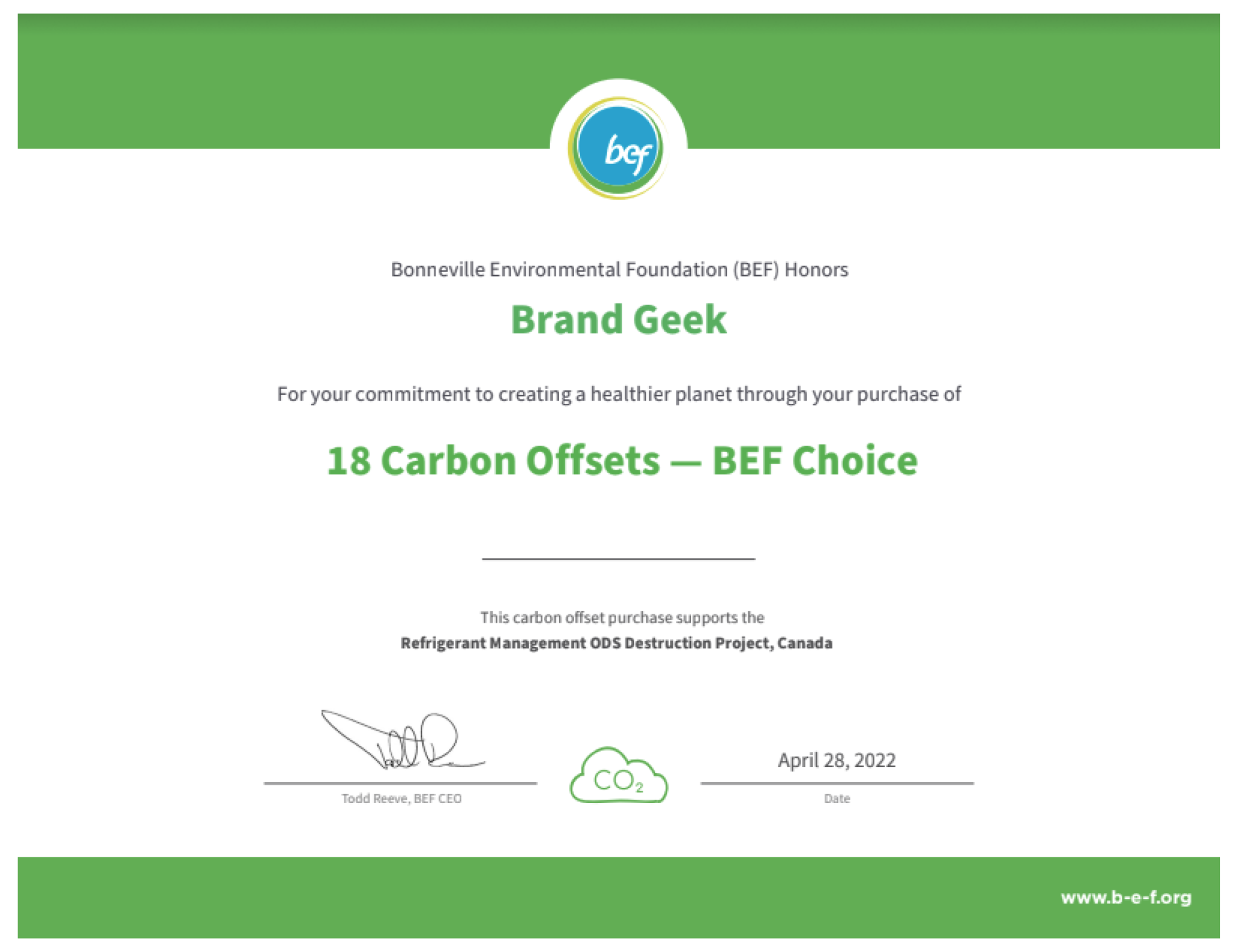Brandgeek proudly supports Mountain Area Preservation and is humbled to be…
Genericide
Yesterday I wrote about the national news networks’ copycat marks, while promising to explain genericide, today. Genericde is the term we trademark professionals use to describe the death of a trademark that results from the brand name becoming the name of the object itself. Although generic terms never may become trademarks, trademarks can become generic! This happens almost exclusively to pioneering products/services (those that are the first of their kind):
Some brands, oft misused, have managed to avoid genericide and stay alive:
These brand owners are vigilant about policing dictionaries, news media, and even third party USPTO trademark applications to make sure their brand protection continues. Though I probably shouldn’t admit it, early in my career I used the term “frisbees” in the goods description in a trademark application, which prompted a friendly, if not embarrassing, letter from Wham-o’s counsel asking me to correct my mistake and re-word the goods as “toy flying discs.”
My favorite ads by a company seeking to avoid genercide come from Xerox:
When I began practicing trademark law in 1999 I always told clients the hard and fast rule: TRADEMARKS ARE ADJECTIVES. ADJECTIVES MODIFY NOUNS.
However, as discussed by my friend, Steve Baird, on yesterday’s Duets Blog, trademark verbing is becoming more commonplace amongst brand owners, changing what once were the rules of the game. DuetsBlog does a great job of explaining how to minimize the risk when engaging in trademark verbing (aka brandverbing):
[framed_box] 1. Make clear to consumers that the action suggested by the brandverb can be accomplished only by using the brand (Googling means searching the web using Google’s search engine); 2. Build the verbed brand into taglines, slogans, and/or logos; 3. Federally register the brandverb trademark; 4. Create and publish brand guidelines that include brandverb use; 5. Work with dictionaries to make sure that any verb listings make a point (1) above clear; 6. Send friendly letters to third parties that that violate your brand use guidelines; 7. Respect that you may lose control of your brandverb; 8. If you feel you’re losing control, make course corrections ASAP.[/framed_box]While you should be able to have fun with your brand and make it approachable, brand owners must exercise caution when pushing the envelope of acceptable brand use. Although genericide happens extremely rarely, it remains a risk of which brand owners should be aware.
Brand Geek Takeaway: Brand ubiquity is a good thing; we all want our brands to become famous! If you are the first to bring a product or service to market, you must police your mark. Make sure that your mark is used as brand not just internally by those at your company, but also externally by the press and other stakeholders. Create and publish brand guidelines. If you notice your brand being used generically, as a verb, or in other ways that make you queasy, reach out and send a friendly note to let the other party know that they misused your trademark. Include a copy of your brand guidelines and ask them to follow them in the future.















[…] make it a protectable mark. In fact, coined terms belonging to inventors more often fall prey to genericide than do other marks, because the mark becomes the name of the object/service, losing any brand […]
[…] double shifts for 3 days straight when the hotel elevator (used to be a trademark but fell prey to genericide!) broke down. This gentleman was thanked for his dedication by someone in an entirely different […]